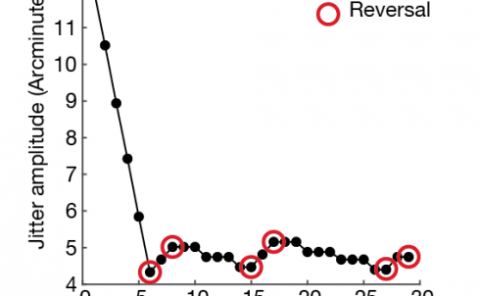High-Tech view: The use of immersive virtual environments in jury trials
PubDate: Sep 2010
Teams: University of Oregon School of Law;Stanford University
Writers: CARRIE LEONETTI;JEREMY BAILENSON
PDF: High-Tech view: The use of immersive virtual environments in jury trials

Abstract
This Article makes both empirical and normative claims about the admissibility of immersive-virtual-environment evidence during a jury trial. The empirical claim is that IVE evidence will inevitably enter the American courtroom; the normative one is that this inevitable entrance is a positive development for the jury’s search for truth. It argues that, while the digital projections created by an IVE are not perfectly realistic representations of the objects that they seek to recreate, an IVE can, nonetheless, be a fair and accurate representation of the scene that it represents, as long as an expert witness could lay the appropriate foundation to show that the IVE was reliable and accurate enough that its probative value would outweigh its inherent risks of distortion. It argues that permitting a jury to enter and interact within an IVE is not without precedent in the American legal system. It argues that an IVE created to simulate the scene of a crime or accident in order that the jury could virtually view it could be a more accurate way to reconstruct the scene than a live jury viewing, since the IVE could simulate the time of day and presence of physical evidence in a way that the actual scene, stripped of much of its material evidence prior to jury viewing, could not. It analogizes the use of an IVE to reconstruct a crime scene to the introduction of crime-scene photographs in evidence and argues that, if an IVE can recreate a scene that is more accurate than photographs taken at a later time or under different circumstances than those present at the time of the events in question, then such evidence is more helpful to a jury than photographic evidence or a live viewing of the scene. It argues that there is no reason why IVE technology should be subjected to any different or more strenuous threshold for admissibility than any other representational medium. It argues that, in the context of a criminal case, there are two additional advantages that an IVE recreation of a crime scene would have over an actual jury viewing or other representational evidence: (1) an IVE could be controlled in a way that could eliminate certain Rule 403 concerns without diminishing the probative value of the evidence and (2) the use of an IVE representing the events in question could provide a vehicle for a criminal defendant to introduce evidence of, and permit the jury to test, her version of events without having to waive her Fifth-Amendment privilege against self-incrimination.

